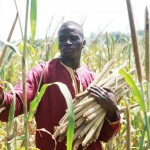
USAID, through its Economic Growth Project, helped millet farmers in Paoskoto during the 2010-2011 crop year organize into networks to boost production and better integrate into market channels. Facilitators were trained to teach villagers about seed quality, conservation farming, organic fertilization, control of parasitic plants, grain quality standards required by industrial processors, and more.
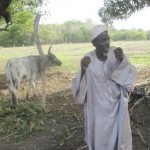
The remote rural location of Senegal’s Coumbacara area and its border with neighboring Guinea-Bissau have had a significant impact on community relations and on the free movement of people and goods. Recurring conflicts have taken place between cattle herders and farmers over land and cattle paths, and between villages over cattle theft.
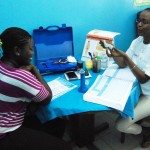
With young people representing more than 45 percent of Senegal’s population, reaching youth with family planning and safer sex messaging has been a priority for the Senegalese Government, spurring them to develop a national youth reproductive health strategy.
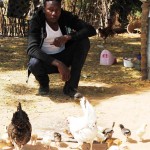
In September 2012, USAID’s Pass on the Gift program trained Kobor, starting him off with 10 hens and two roosters. Eighteen months later, he had over 80 hens, chicks and roosters in his family compound, representing a new source of capital as well as a new source of nutrition for his family.
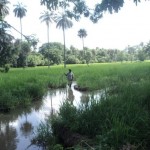
The Sofaniama Djimara Valley is an important source of livelihoods for surrounding populations. The valley contains the only water source in the area and originates in The Gambia, creating a link between Gambian farmers and their Senegalese counterparts. This unfortunately results in conflicts over the management of the valley and its resources.









Comment
Make a general inquiry or suggest an improvement.